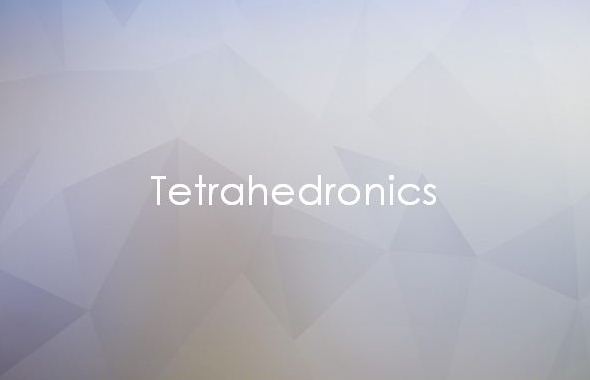I’m pretty excited about this article, since it’s a concept I thought of in 2018 when I started using Michael Hyatt’s Full Focus Planner to plan my work.
When I first started getting emails about this new system that focuses on planning, I thought, “Why would anyone want to carry around a book in this day and age of technology?”
Then I tried it, and learned the difference between a planner and a calendar.
A calendar is just a schedule; a planner allows you to focus on what’s important.
Safe to say that using it was life changing.
It also helped me to realize that the work that I was doing seemed “not right,” and out of sync with how schools functioned.
Since the planners are undated and have room for only a quarter of the year (yes, you need four planners for the whole year), I thought, “Why does the first quarter need to start in January? Although it’s a new calendar year, the church’s new year started a month before with the season of Advent. Then there’s a start of the fiscal year in July. And our birthdays are technically the celebration of the year that’s passed, and we begin a new one the day after.”
So I tried something radical – I shifted my planning to being six weeks before the calendar quarter did. Doing so allowed me to shift the start of the quarter to a month before the “season” began.
My “winter” now begins on November 15 and ends on February 14. This is “The Holiday Season.” It’s a time when we in the northeast and mid-atlantic get our first blast of cold air and snowfall. For some, this is “hibernation” season, when everyone starts to delay projects because “Thanksgiving is coming up.” Therefore, plans are a little more focused on all those things that are done regarding holidays, family and safe travelling, making sure everyone has enough, and end of the calendar year contributions to those organizations which help those with significant needs.
Spring begins on February 15 and runs through May 14. It’s the time when everything needs to get done that hasn’t been done yet for the current school year, and some planning as well as action takes place for the school year that will start in August. Besides, summer begins on May 15 – at least that’s when everyone’s mind turns to summer activities and the end of the current school year.
Summer then goes until August 14, where vacations and warm days and nights slow things down again, until they ramp up in the fall.
Fall begins on August 15 and then ends of November 14. It’s the season of beauty, as the leaves change color, reminding us that the only constant is change.
So what’s The Starfish Principle?
It was also at this time i saw a video of how a starfish moves on land: https://www.youtube.com/watch?v=Lbg-tQ6FJgQ
While they move very differently on the floor of the ocean, where they’re on land, they have two of their arms touching the ground at the same time while the other three are reaching out.
I also saw a section in the Full Focus Planner on its end-of-the-week review pages encouraging the user to “adjust” the things that were done or not done in order to more effectively reach the goals set by the user.
There were 5 actions that could be taken – start, increase, maintain, decrease, and stop.
It then occurred to me that the only thing that can be done alone is maintain – that’s akin to keep doing what one is doing. In the physical world, that equates to “That’s the way we’ve always done it.”
“Maintain” doesn’t change anything; in fact, change can happen if things are “maintained,” and that change is usually a change for the worse, as evidenced by the Law of Diminishing Returns. That is, “Increasing a single factor of production while holding all other factors constant will eventually lead to a decrease in output.”
In other words, we can’t just do one thing and expect positive results. You need to do at least two.
You need to do at least two.
If you’re doing to start something, you’re going to have to stop something, and vice versa.
If you’re doing to increase something, you’re going to have to decrease something, and vice versa.
If you keep doing things one at a time, like starting or increasing, that’s will lead to burnout. If the opposite happens, significance is lost.
It’s the essence of systems thinking, when all elements need to be attended to, but tw0 need to be focused on simultaneously to make progress.

